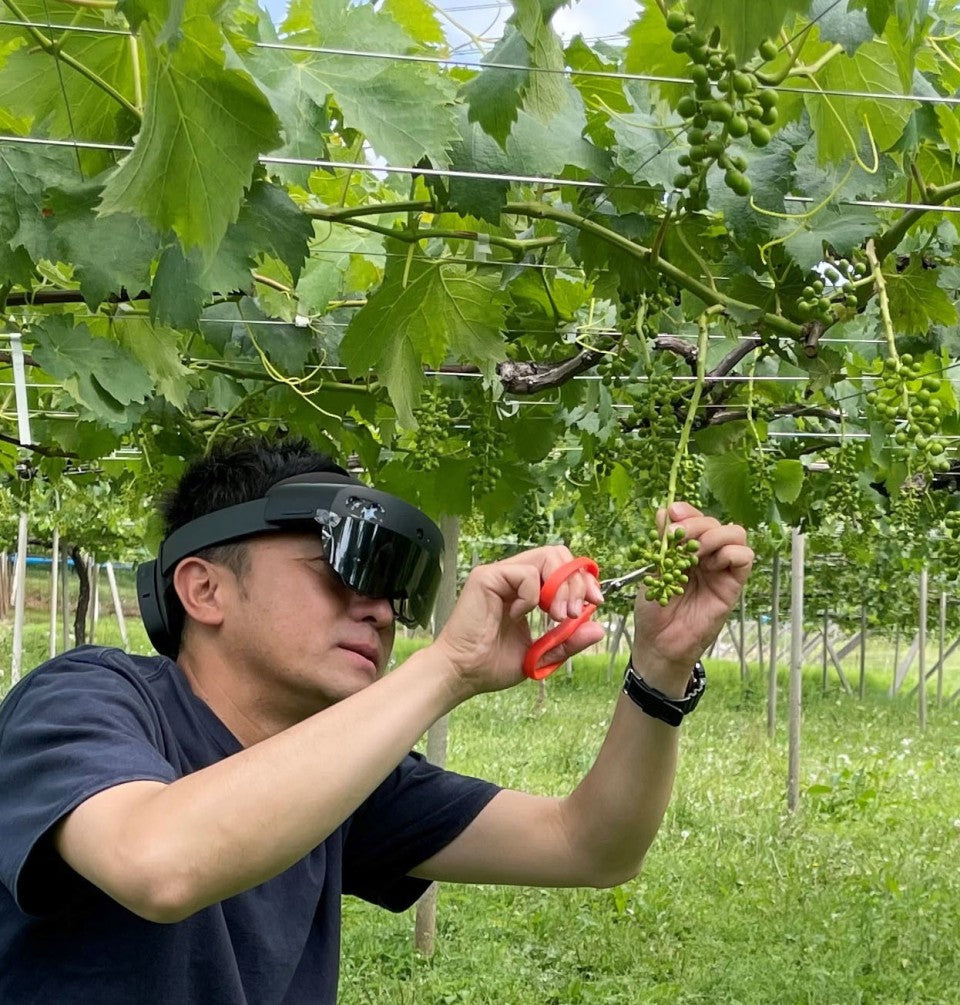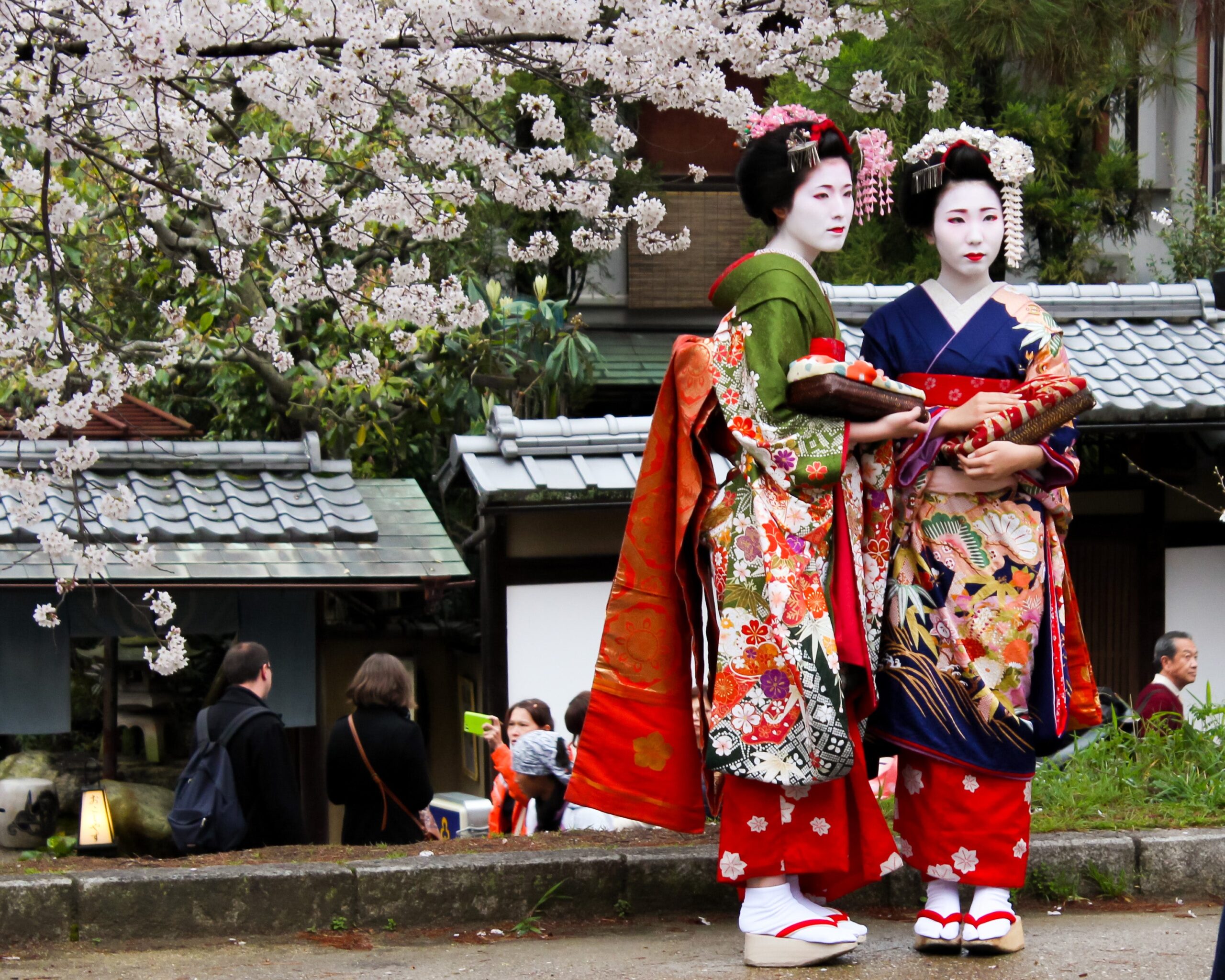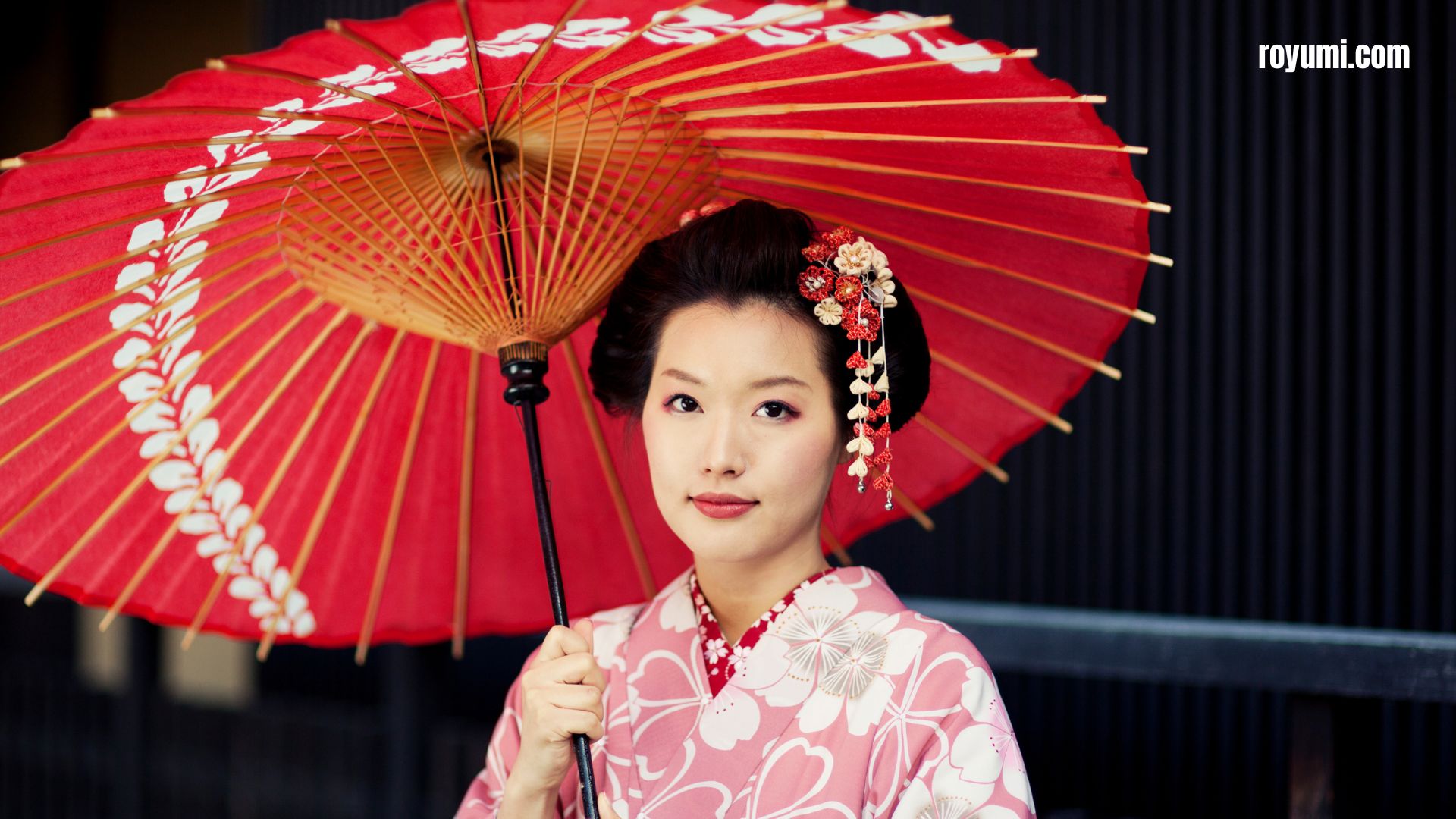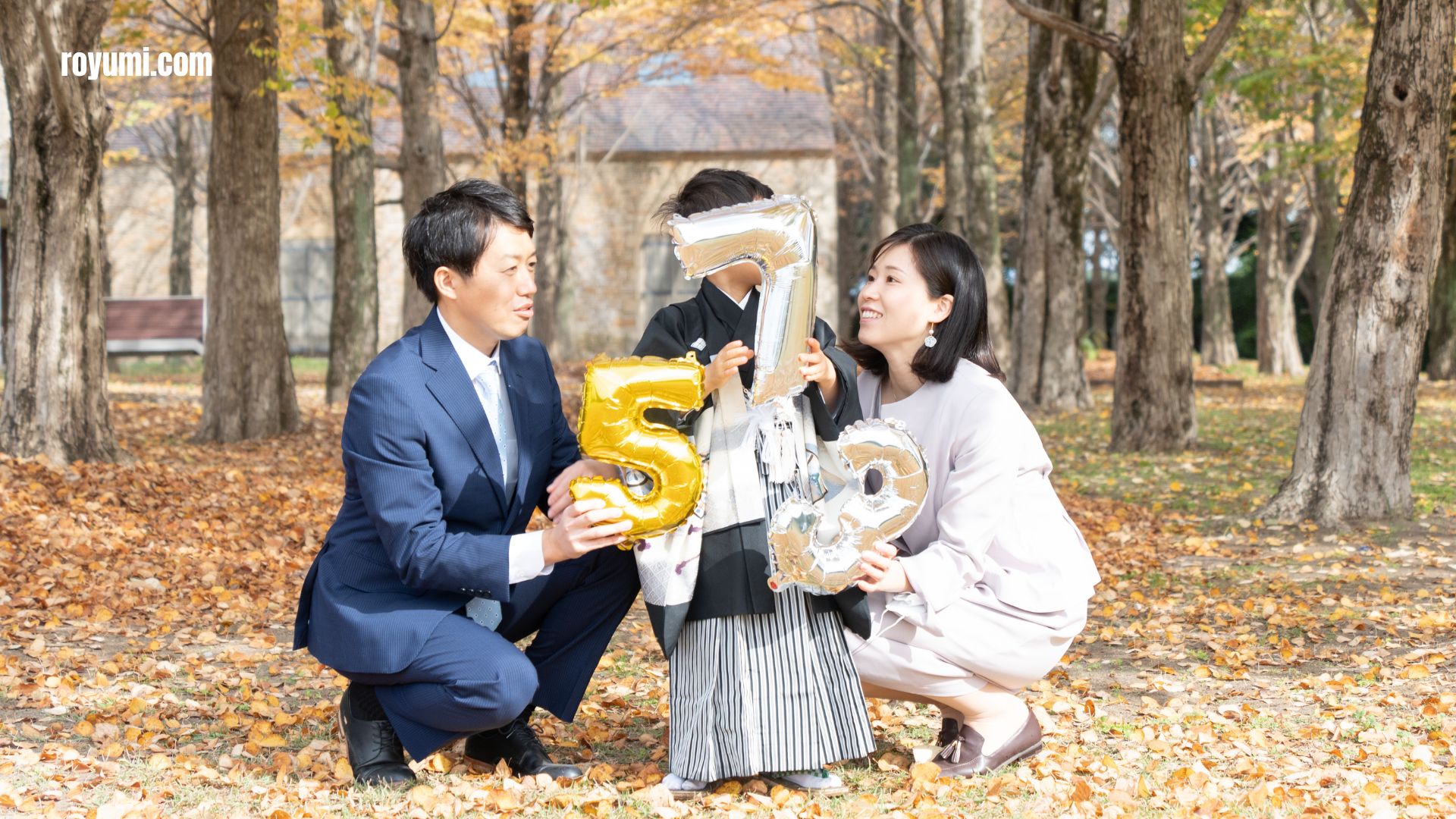Your cart is currently empty!
Author: RoYuMi
-
Kotatsu – A Must-Have for Winter in Japan

The kotatsuこたつis a must-have piece of furniture for winter in Japan. It consists of a wooden frame in the shape of a low table and a special cover ( shitagake in Japanese ) that is placed on it to place a table on this cover. Under the table there is an electric heater installed, which,… Read more
-
AI experiments to help Japan’s fruit growers

Researchers in Japan have been running experiments using robotics and artificial intelligence (AI) to minimize fruit farmers’ reliance on labor shortages and having no successors. Trials are underway in Chiba Prefecture , a major Japanese pear-producing area near Tokyo, as well as in Yamanashi Prefecture , the country’s main grape-producing region, in central Japan. In… Read more
-
REMAINS OF CIVILIZATIONS BEFORE THE GREAT FLOOD

On this occasion we are going to direct our attention towards objects that we consider to be enigmatic vestiges because we do not know their origin, their authors, the functions they fulfilled, to which periods they correspond, etc. At the same time, we will also consider the ancient myths and that even today continue to… Read more
-
A great coincidence or destiny

One day we were walking along the river early in the morning, we saw Mount Fuji completely covered in snow, and we were happy to see it so beautiful. Now it’s fall and the weather has improved a lot and we can see it with snow almost every day. That surprised me, it is a… Read more
-
Geisha – Guardians of Traditional Japanese Art

Geisha 芸者literally means: “person who practices the arts” Geisha are women who dedicate their lives to traditional Japanese arts and use their talents to entertain clients during banquets and shows. Originally the profession of geisha could be practiced by both men and women and their profession was officially recognized towards the second half of the 18th century.… Read more
-
Talks about architecture and urban planning

Very welcome to these talks (although, in this case, it is through a written article) that we will surely enjoy by sharing the interest that arises in any person for the arts in general and in this case, for architecture that brings together its attributes of beauty and harmony, with those who organize the spaces… Read more
-
JR East launches official Train Simulator on Steam

The East Japan Railway Company , better known as JR East , is the largest railway line in Japan, with lines running from and around Tokyo to the edge of Hokkaido . As such, being a conductor on one of these prestigious trains requires great skill and knowledge and positions are awarded to only the… Read more
-
Wagasa – Traditional Japanese Umbrella

Wagasa (和伞) are traditional Japanese umbrellas, made of bamboo 竹 (wood) and washi 和纸(traditional Japanese paper). They were first introduced to Japan from China in the early Heian period (794-1185). The older form of wagasa umbrella was quite different from today’s traditional Japanese umbrellas in that they looked more like a straw hat with a cape and were… Read more
-
Shichi-Go-San – Traditional Japanese Festival

Shichi-Go-San (七五三 lit. “seven-five-three”) is a Japanese custom celebrated on November 15. On this day, five-year-old boys and three- and seven-year-old girls visit the shrines to pray for health and prosperity in their growth. In ancient Japan, children were more susceptible to disease and mortality in children was a serious problem. The Shichi-Go-San festival emerged… Read more
-
Mitsudomoe – Amulet against Fires

The mitsudomoe (三つ巴) is a common three-swirl or three- magatama design and is seen on Japanese family crests, roof tiles on traditional houses, Shinto shrines, and Buddhist temples. It also exists in its two-swirl version, the futatsudomoe (二つ巴) and both can be found in the design of taiko drums. This symbol is very representative and… Read more
